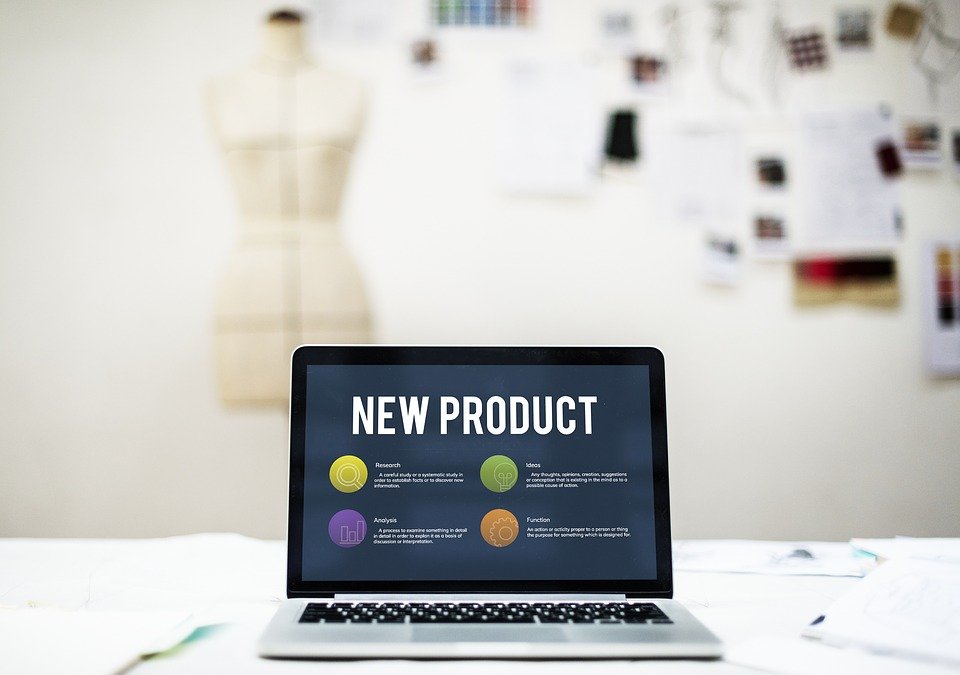
How to Import a Modified Accountant’s Copy Into Quickbooks
 Quickbooks makes it easy to collaborate with a professional accountant when managing your business’s finances. Rather than simply providing an accountant with access to your business’s Quickbooks account, you can create a separate version for him or her. Known as an Accountant’s Copy, it will allow the accountant to credit new records and edit existing records — all without logging in to your own business’s own account. After making a change to the Accountant’s Copy, though, the accountant must import it.
Quickbooks makes it easy to collaborate with a professional accountant when managing your business’s finances. Rather than simply providing an accountant with access to your business’s Quickbooks account, you can create a separate version for him or her. Known as an Accountant’s Copy, it will allow the accountant to credit new records and edit existing records — all without logging in to your own business’s own account. After making a change to the Accountant’s Copy, though, the accountant must import it.
What Is Importing?
Importing is the process of updating your business’s Quickbooks account with a modified Accountant’s Copy. When an Accountant’s Copy is originally produced, it will feature the same data as your business’s Quickbooks account. Accountants, of course, will typically modify these copies when adding new records and editing existing records. For these changes to show up in your business’s Quickbooks account, the accountant must import the modified Accountant’s Copy. Importing will update your business’s Quickbooks account with the appropriate changes.
Steps to Importing a Modified Accountant’s Copy
Importing a modified Accountant’s Copy is a breeze. The first step is to create a backup copy of your business’s original company file. You probably won’t need to use it. If something goes wrong, though, a backup copy will allow you to revert the changes. Depending on which version of Quickbooks you use, you may need to adjust the settings. In Quickbooks Desktop Enterprise, for example, you’ll have to disable the Advanced Inventory feature in order to import a modified Accountant’s Copy.
You can now proceed to import the modified Accountant’s Copy. This is done by going to the Quickbooks home screen and selecting “File,” followed by “Send Company File.” From the available options, choose “Accountant’s Copy” and “Client Activities.” While logged in to your business’s Quickbooks account, select the option labeled “Import Accountant Changes From File.” Quickbooks will then import the Accountant’s Copy, meaning all of the changes will be reflected in your business’s Quickbooks account.
It’s a good idea to test your business’s Quickbooks account after importing the modified Accountant’s Copy. Importing will typically cause data to shuffle around. You may lose some data and gain new data. Therefore, there’s always the risk of something will go wrong. Testing your business’s Quickbooks account will give you peace of mind knowing that the import worked correctly.
Did this tutorial work for you? Let us know in the comments section below!
